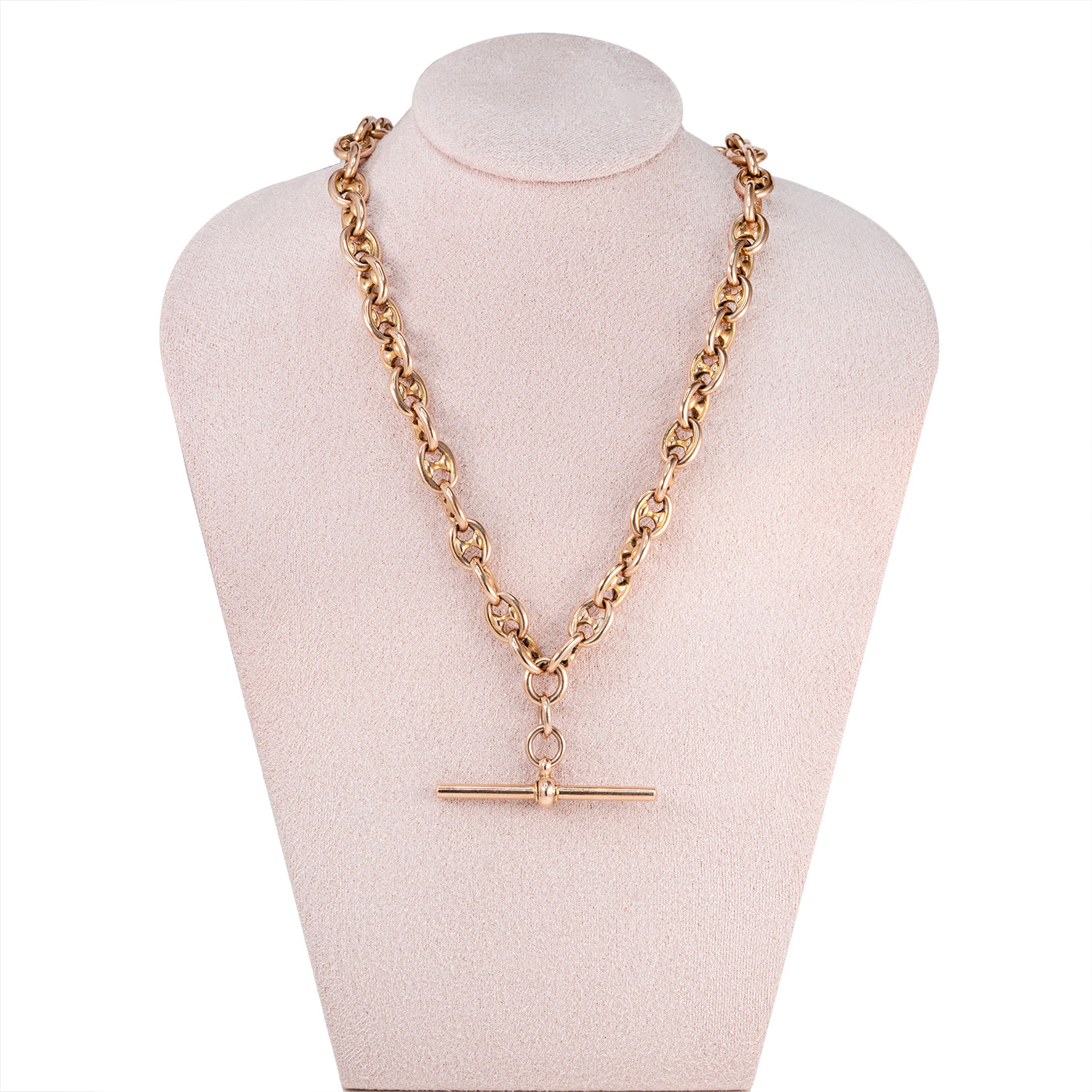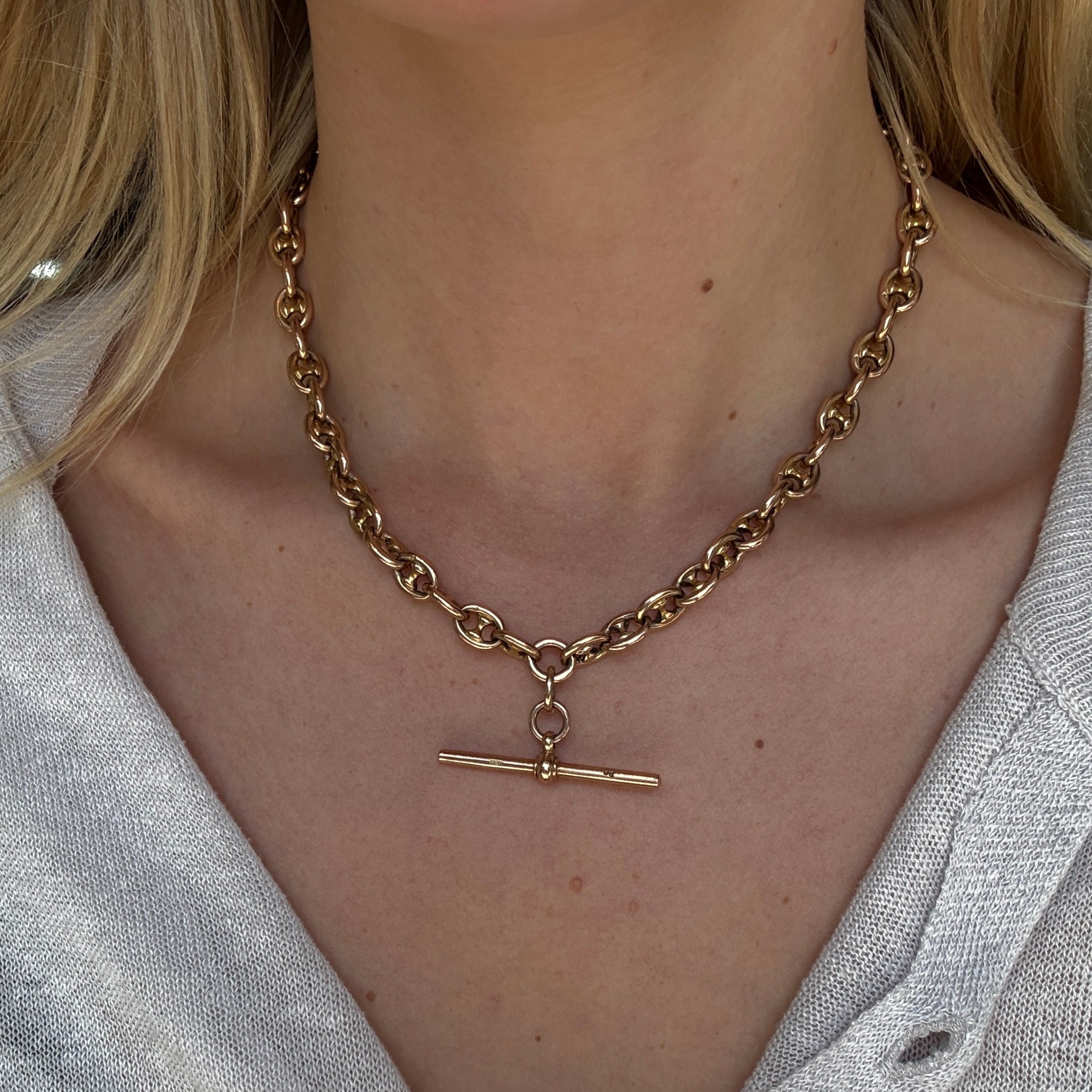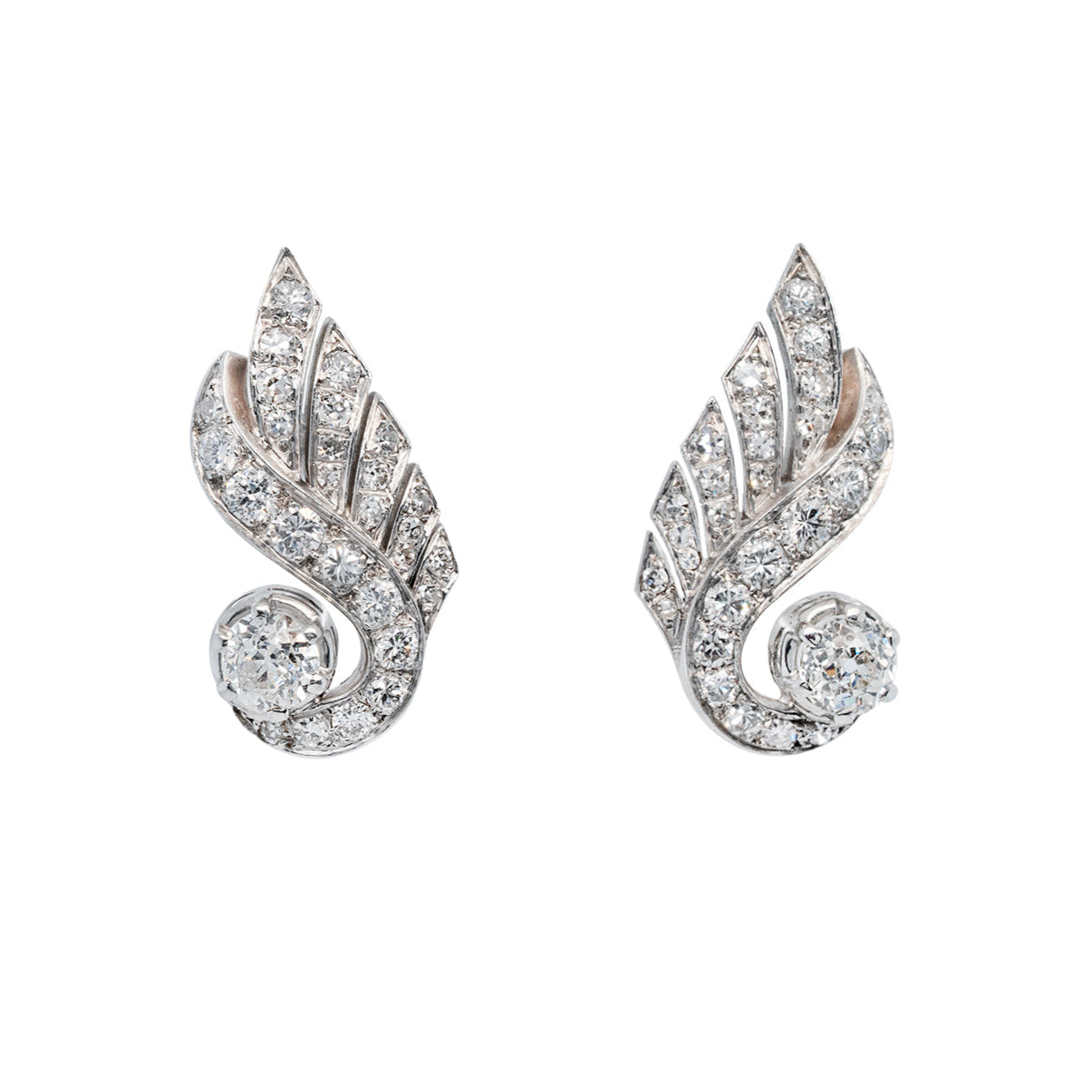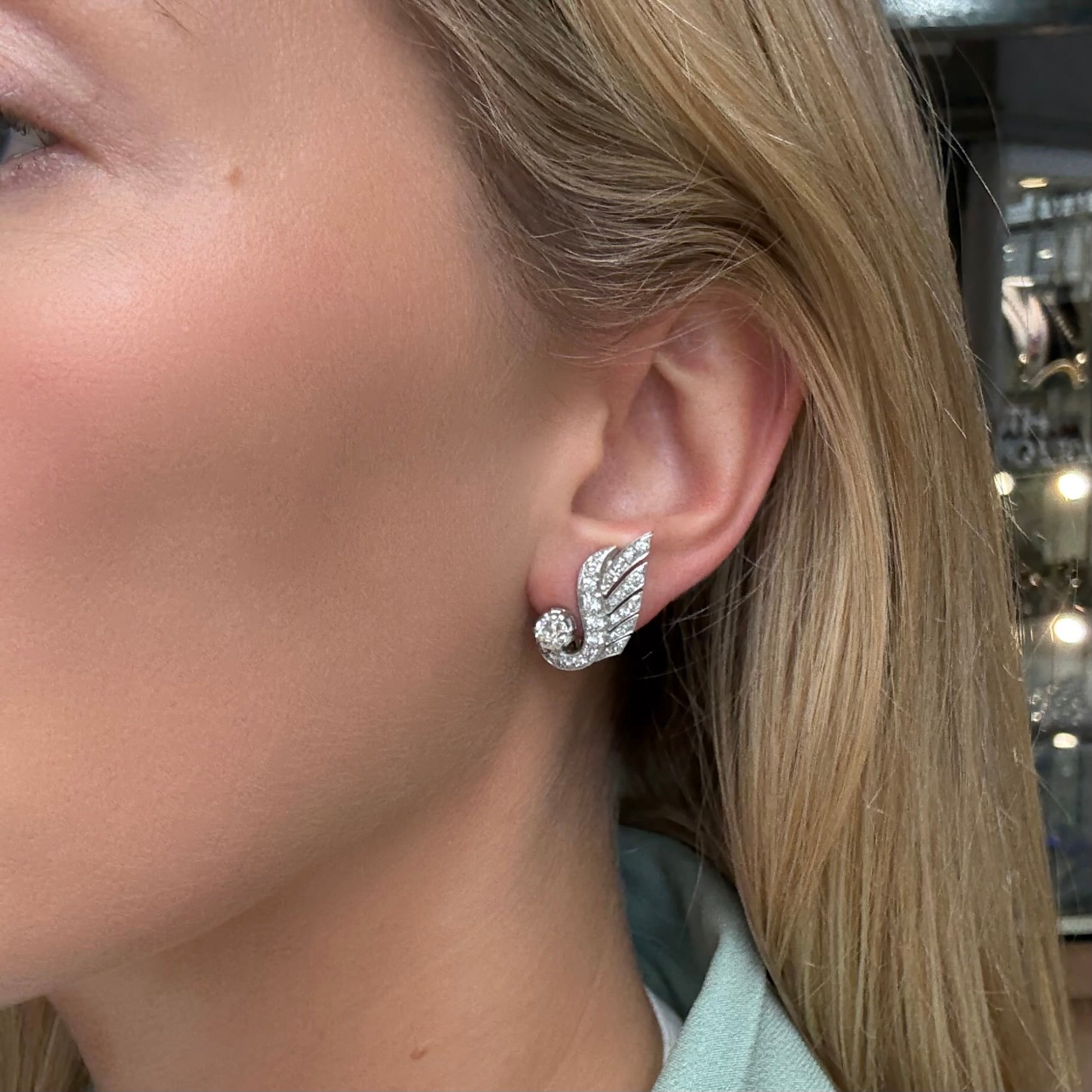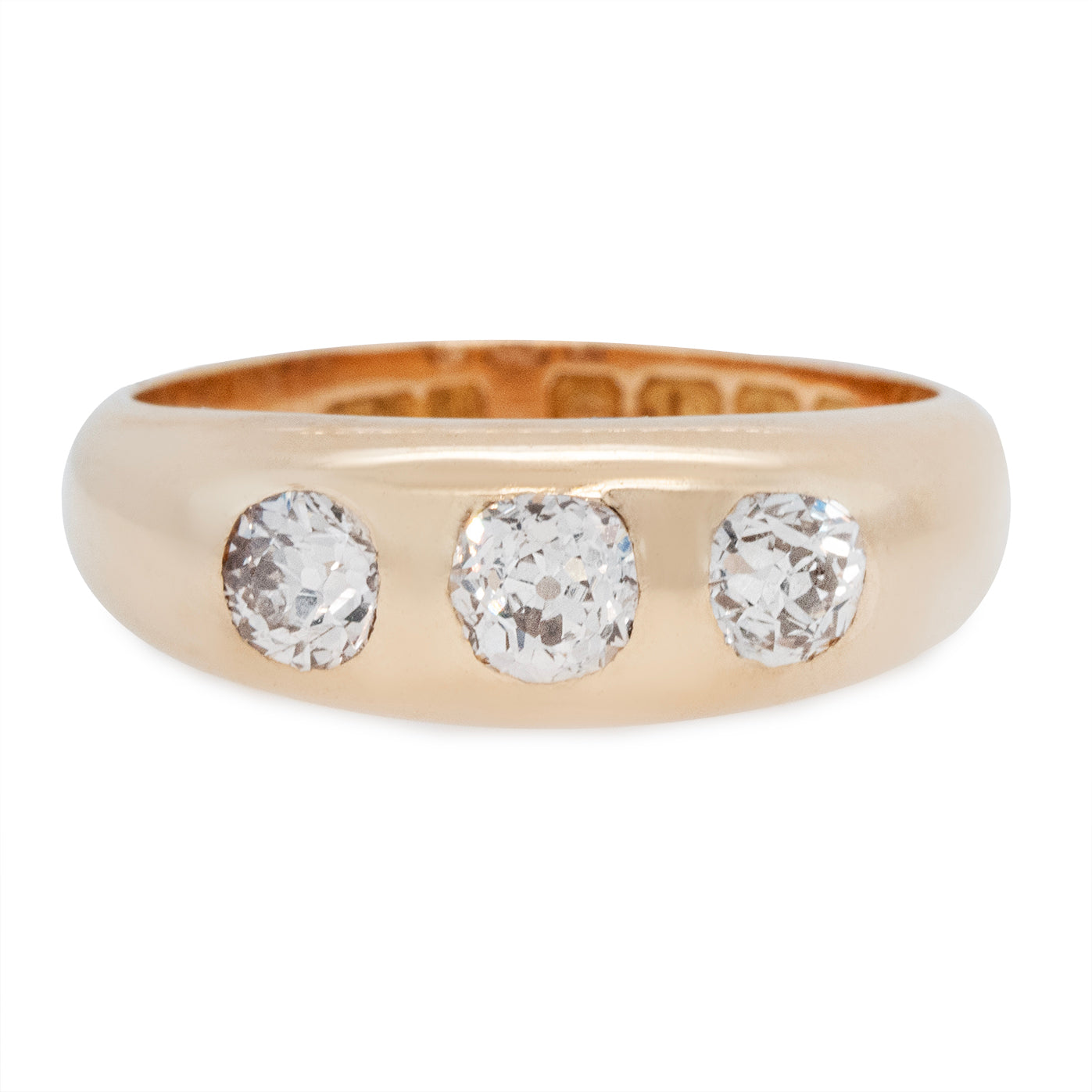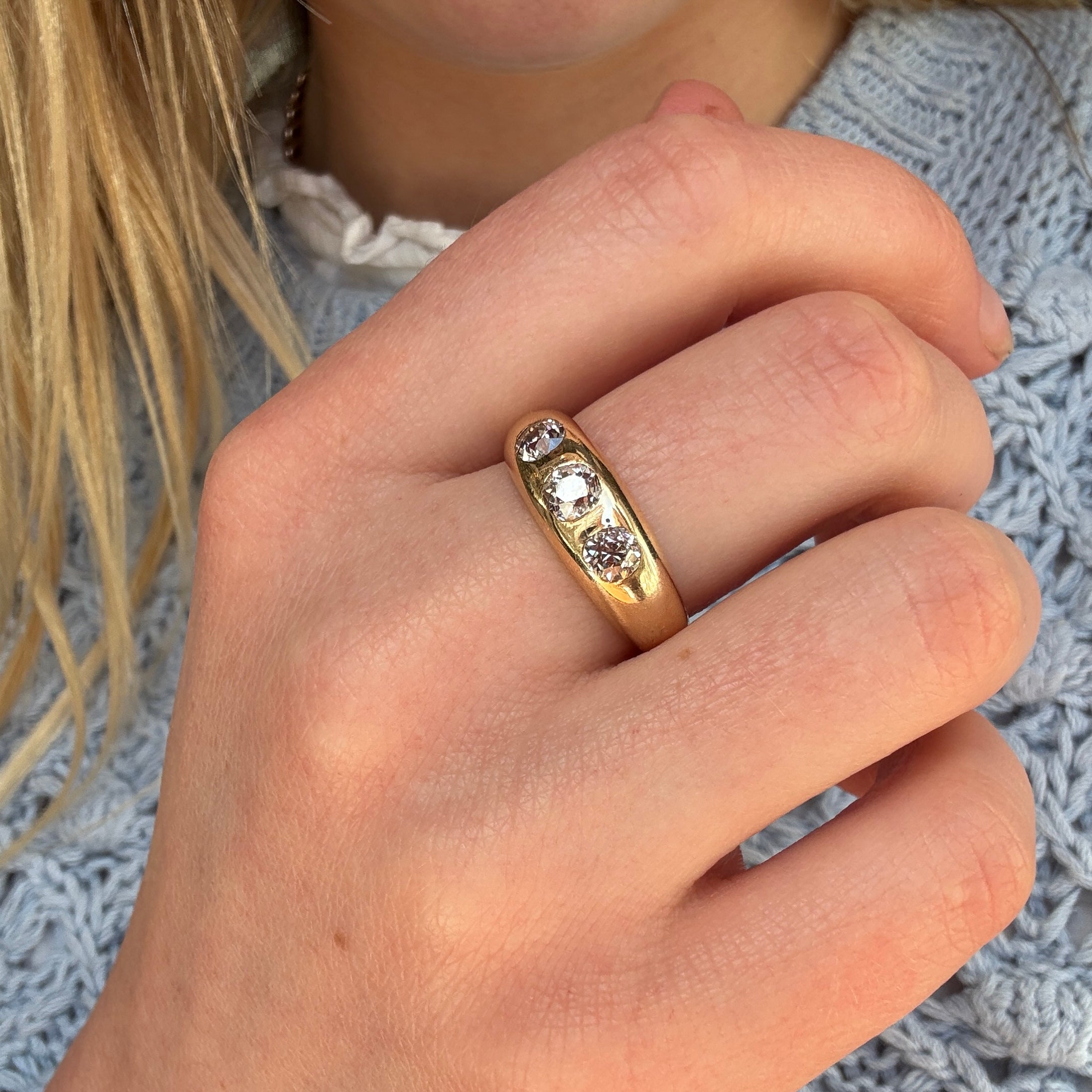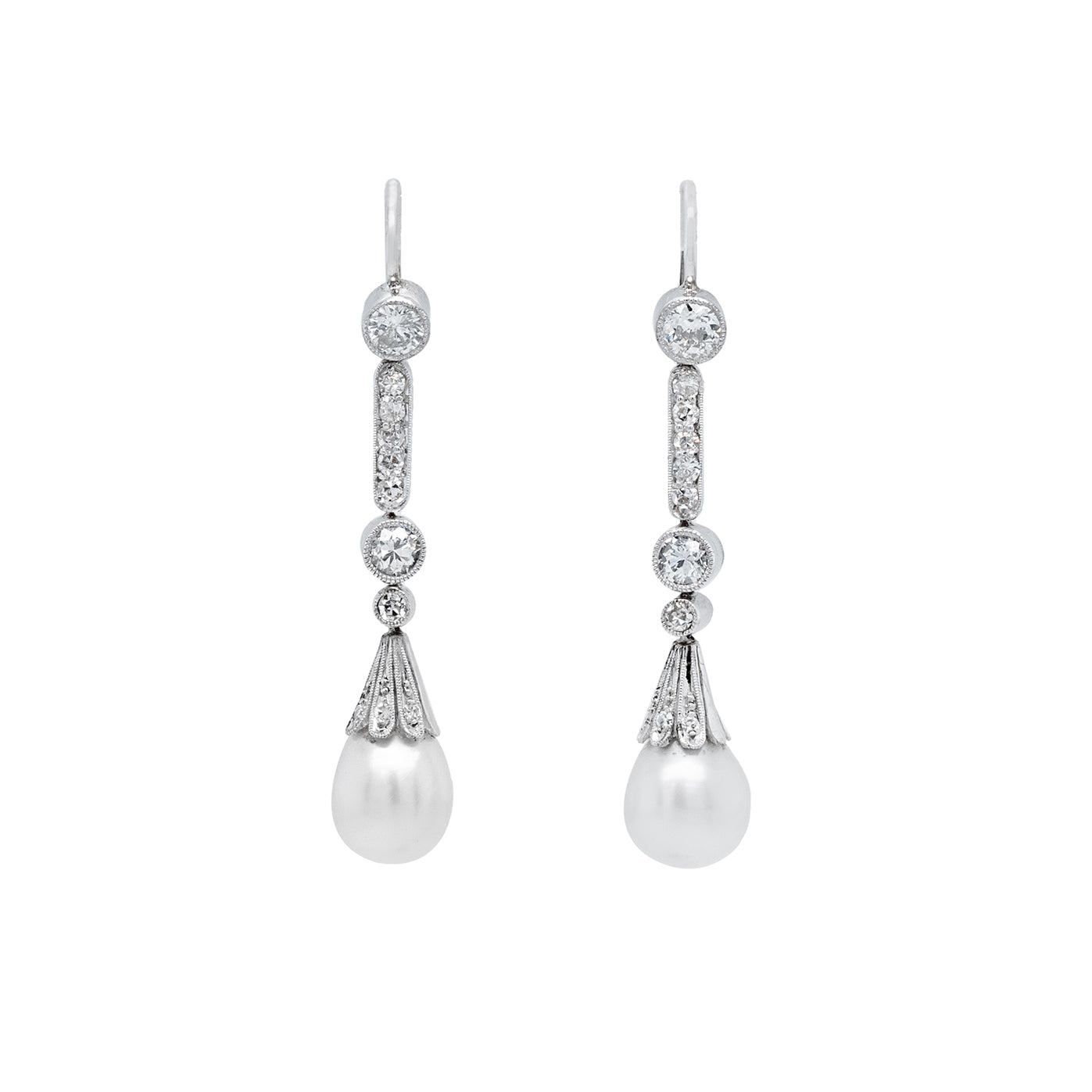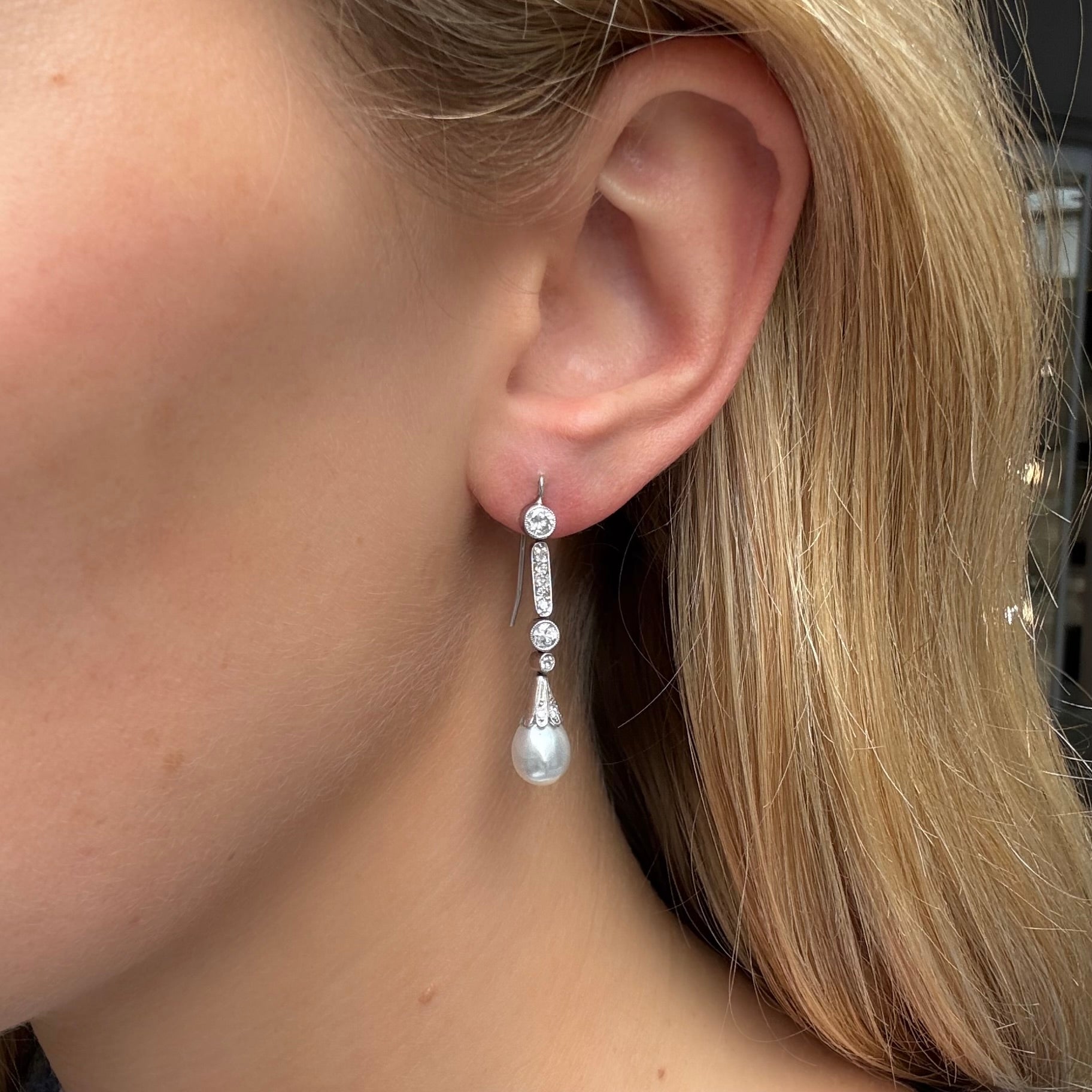What is a Posey Ring?
A posey ring, (sometimes known as a poesy or posy ring), is a type of ring inscribed with a short poem, a sentiment, or a personal motto. These rings were particularly popular during the late Middle Ages and the Renaissance, especially in England and France. The word "posey" is derived from the French word "poésie," meaning poetry. Typically, posey rings are simple bands, often made of gold or silver, featuring engraved messages on the inside or outside of the band. These inscriptions were not just decorative but carried personal significance—sometimes a romantic sentiment, a religious verse, or a meaningful quote. The verse was meant to express the wearer's love, faith, or personal beliefs.
